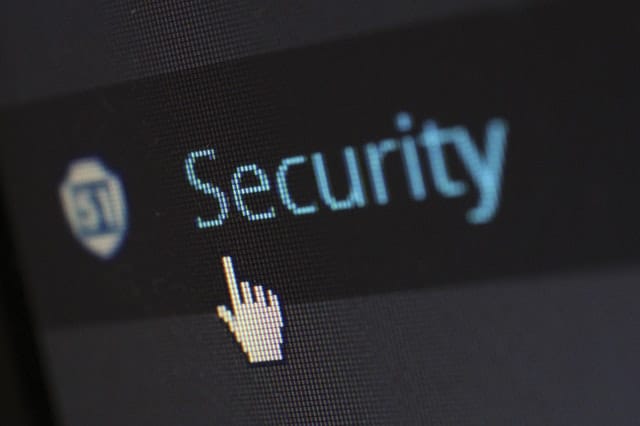
All aspects of our lives have moved online. We socialize with friends, watch television, pay bills, and do so much more. In the process, we accumulate a massive amount of data about ourselves, including sensitive information, such as personal identification numbers, credit card details, tax, records, and more. Nonetheless, cybersecurity experts recently found that almost 60% of those over age 55 use weak passwords. A strong account password is like a sturdy lock on your front door. It’s not going to protect you from everything, but it’s an important first step on the road to cybersecurity. Here are some things you need to do to make sure your passwords stay safe:
1) Don’t Use Weak Passwords
We all want our accounts to be easy to access. But think about it like this: if it is easy for you to get in, it is just as easy for a hacker too. It’s surprising how many people still use passwords like “123456” and “admin” even in 2019. Fortunately, many platforms now require that you use a combination of upper and lowercase letters along with numbers and special characters. On those that don’t, however, make sure you do.
2) Don’t Use the Same Password Across Accounts
Using the same password is even worse if you are already using a weak one. The average person has more than 90 online accounts. Once a hacker cracks into one account, they can move from one account to another using this information to steal your identity. Instead, you need to make sure every account has a unique password—at least the important ones like your banking and work-related apps. Moreover, if possible, try to alternate your username between websites as well.
3) Use a Password Manager
Let’s face it: these first two tips can be a little difficult. How can you remember unique, complex passwords across all your online accounts? Fortunately, password managers like NordPass are here to make your life much easier. NordPass can help you generate secure and unique passwords you can use anywhere online. What’s more, it stores them in your browser and can import passwords from all of your devices and apps (you can learn more here). Overall, it gives you the security of highly complex passwords in a convenient, easy to use package, available on all your devices.
4) Use Biometric Security Features
Most devices nowadays come equipped with biometric security features such as fingerprint identification and facial recognition technology. These tools are not only secure but convenient, too. You can unlock your accounts with just your fingerprint. It may take some time to get used to this, but once you try this, you’ll never want to go back to the old way of securing your account.
5) Multi-Factor Authentication
You’ve probably heard the term two-factor authentication. An example of it would be a case when you receive a text message to confirm an email account login. Multi-factor authentication takes this to another level. You’ll want to reserve this to your most sensitive accounts as it can make access slower. Multi-factor authentication takes many forms. For example, Google now uses its own Authenticator tool for some accounts. You can also add biometric features to a two-step verification process. Overall, as hackers continue to grow sophisticated, this technology will grow increasingly important over the next few years.
6) Recognize Phishing Attempts
Phishing scams are among the most common ones on the internet. Often, when we think of hackers, we picture advanced programmers using complex codes to create viruses and types of malware to hack into our devices. Phishing attempts, however, can be deceptively simple. Everybody is familiar with the famous “Nigerian Prince scam” but nowadays cybercriminals have gotten more advanced in their phishing techniques.
Scammers may pose as a friend or relative and asking you innocent questions like “What was your first pet’s name?” or “What type of car did you drive as a teenager?” These are common account security questions, so be aware of anybody soliciting this type of information from you online. If you are ever unsure, call the person to make sure they are who they claim to be.
7) Be Careful Who You Share Information with
This follows in the same vein as recognizing phishing scams. We all need to be careful who we entrust our personal information to. However, with online accounts, it gets much more important. In some cases, somebody may use a password from something harmless like Netflix to try to guess your bank account login. Or in some cases, your friends and family may fall victim to the same phishing scams causing your data to become compromised. Either way, think carefully about who you give account information to. And be sure to change your passwords from time to time just to be safe.
How to Keep Your Passwords Safe Online
No matter who you are, cybercriminals are interested in your online accounts. Whether it’s to steal your identity, gain access to your email and social media accounts, or track your internet usage, you need to be vigilant. You can do this by practicing these password essentials. The best way to do this is through using NordPass, which can help you create unique, extremely robust passwords for all your accounts. From here, be sure to also use tools like biometric security features and multi-factor authentication. Finally, be cautious who you share your information online. With this combined strategy, you’ll be able to protect all your online accounts.
